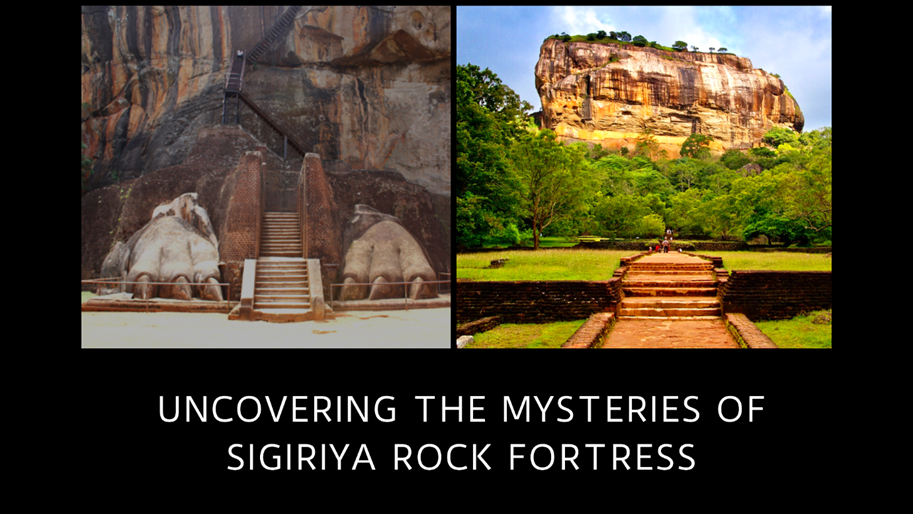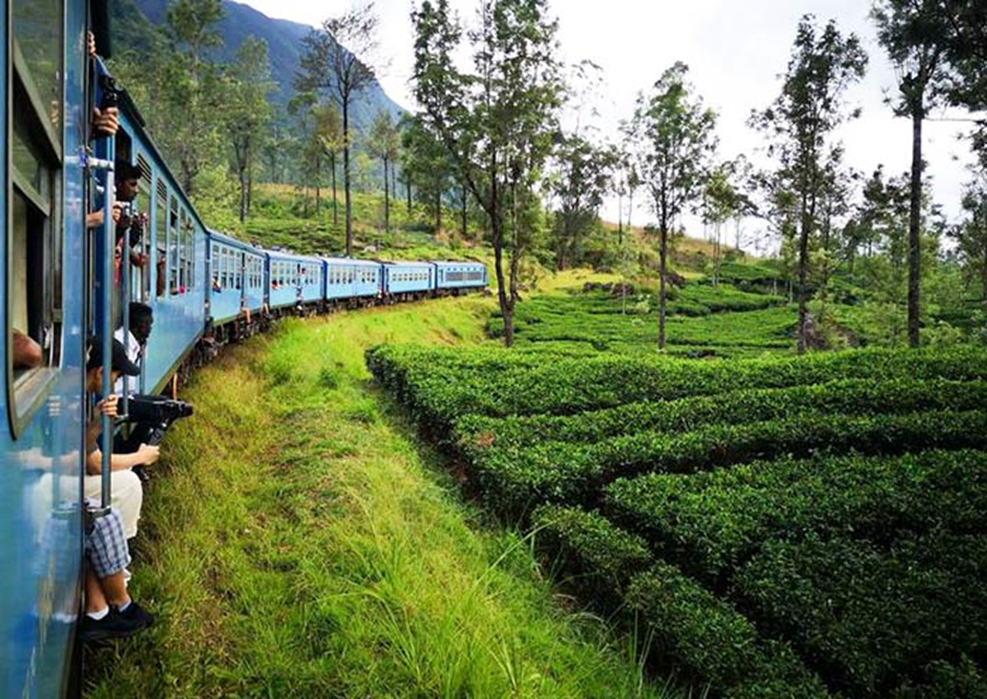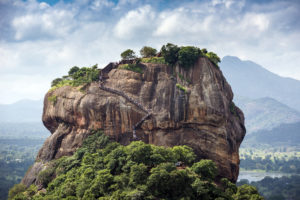Sigiriya Rock Fortress, often referred to as the “Eighth Wonder of the World,” is a historical marvel and one of Sri Lanka’s most iconic landmarks. Rising nearly 200 meters above the surrounding jungle, Sigiriya (meaning “Lion Rock”) has fascinated historians, archaeologists, and travelers alike for centuries. Built in the 5th century by King Kashyapa, this ancient fortress is more than just a ruin; it’s a remarkable example of urban planning, art, and engineering set amidst breathtaking natural beauty.
The fortress’s main attraction is the climb itself, taking visitors past several key features, each with its own mystery and charm. The Mirror Wall, for example, was once polished so highly that the king could see his reflection in it. Today, this wall is covered with ancient graffiti, dating back over a thousand years, as admirers left verses celebrating Sigiriya’s beauty. As you ascend further, you’ll encounter the Sigiriya frescoes—vibrant depictions of women believed to be either royal concubines, goddesses, or symbolized clouds and lightning. These colorful paintings showcase the artistic brilliance of that era and remain remarkably well-preserved.
The Lion’s Gate, located at the upper entrance to the rock, is another architectural marvel. Originally designed with a gigantic lion sculpture guarding the path, only the lion’s paws remain today, hinting at the grand vision King Kashyapa had for his stronghold. Once at the summit, visitors are rewarded with panoramic views of the surrounding countryside and the ruins of an ancient palace complex, complete with royal chambers, pools, and a throne carved from stone.
Sigiriya’s history remains steeped in mystery, from its construction motives to its eventual abandonment. Whether it was built as a royal palace, a defensive fortress, or both, Sigiriya Rock Fortress offers an enchanting glimpse into Sri Lanka’s rich past, blending myth, history, and awe-inspiring art and architecture.




